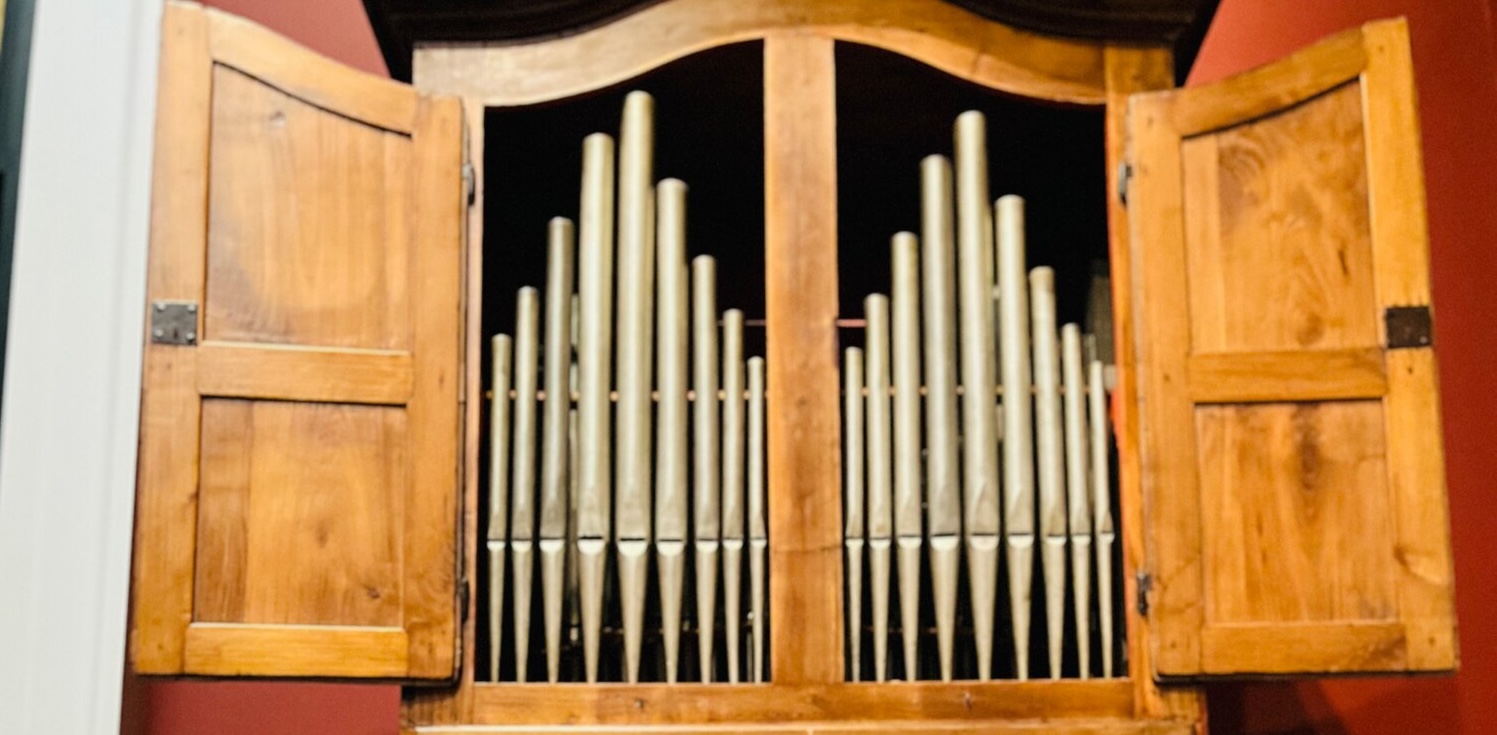I am pleased to have been invited to give a talk at the Creativity Conference at Southern Oregon University in a beautiful city of Ashland, Oregon. Creativity Conference brought together scholars and practitioners who study the science of creativity, seek to leverage research on creative thinking, or simply consider themselves to be creative! The conference took place May 18-32, 2023.
Creativity results from our actions and interactions with the world around us. I think of creativity as poiesis, which means to create or bring something into being. This involves different creative processes, forms of knowledge, and perspectives. I suggest that three types of poiesis show how the creative agency works: autopoiesis, where a system can recreate itself; allopoiesis, where a system can create something different from itself; and practopoiesis, where creative agency adjusts itself by working through a series of interactions among its creative processes. This results in a type of creativity independent of other creative processes and their own creative spaces, providing a different perspective on our understanding of musical creativity.
I thank Weatherford College and Southwesern Adventist University for supporting this research. I look forward to giving a lecture on this topic at Saybrook University in August 2023.
Abstract
As a multimodal interplay of creative actions and interactions, creativity is viewed as a composite of culturally and socially conditioned processes and products. In recent studies on embodied music cognition, it has been suggested that creativity is a product of our bodies’ actions and interactions with the environment.
The author places creativity in the context of poiesis: to make or to bring something into being. Poiesis implies a synergy of creative processes, forms of knowledge, and perspectives. Defining poiesis as creative agency, the author focuses on a complementary aspect of poiesis, one of emergence. Expanding upon the notion of embodied creative spaces, the author proposes the formation of typologies of emerging creative processes. In turn, the author describes three types of poiesis as instances of self-referential creative agency: autopoiesis, the process by which a system can recreate itself; allopoiesis, the process by which a system can create something other than itself; and practopoiesis, the process by which creative agency’s autopoiesis works through a series of interactions among its creative processes to adjust itself. This, in turn, results in a type of creativity characterized by self-referential processes that are independent of other creative processes and their own creative spaces.
Informed by the creative potentiality of artistic agency and to provide a complementary perspective on our understanding of musical creativity, the author presents three short case studies that illustrate the different types of topologies of creativity that emerge within the acts of musical composition.




